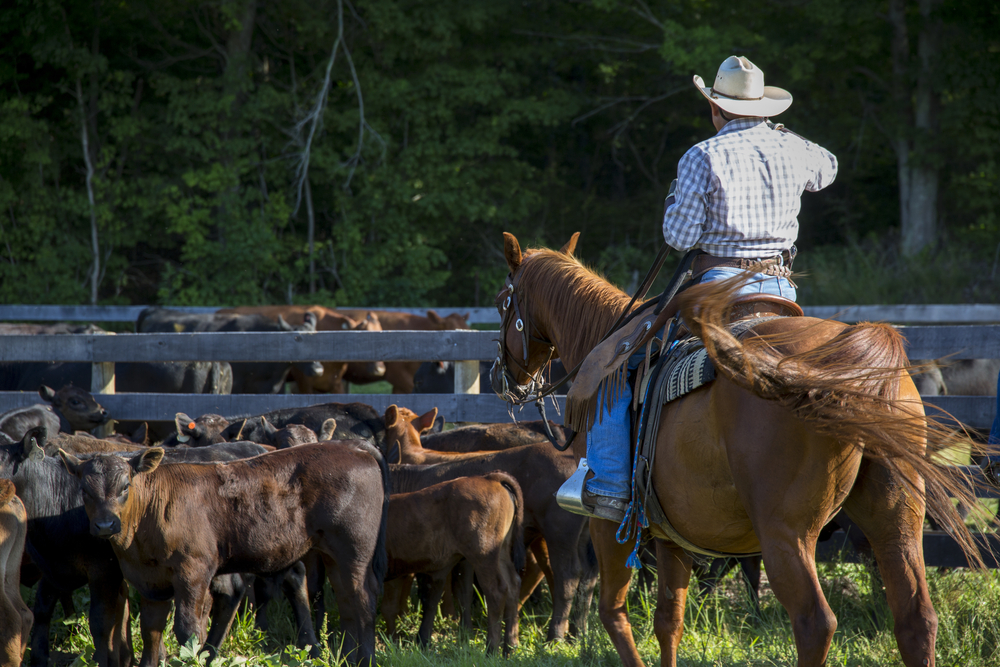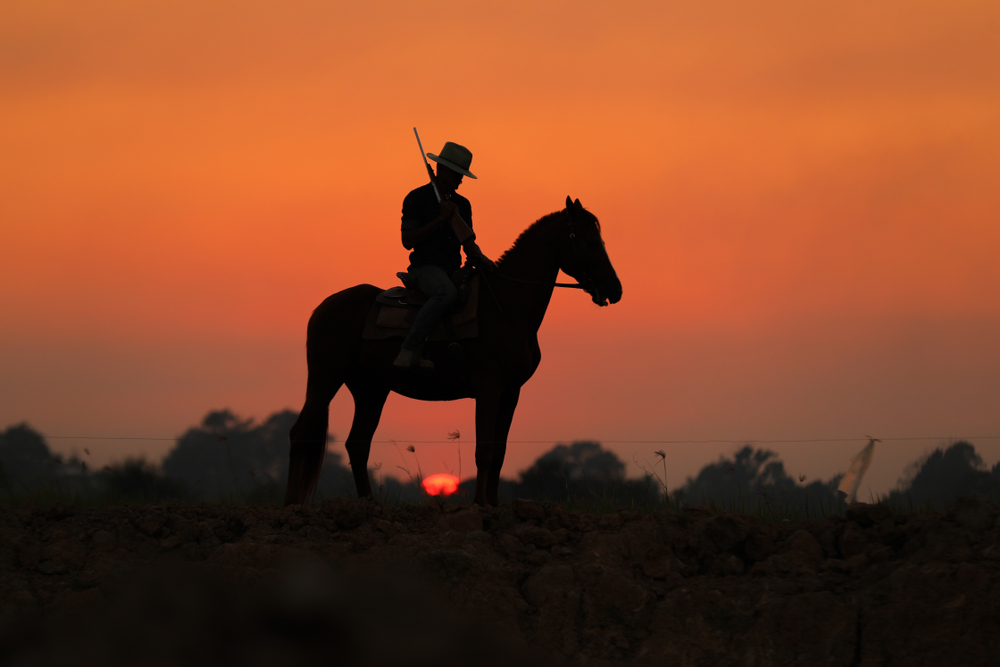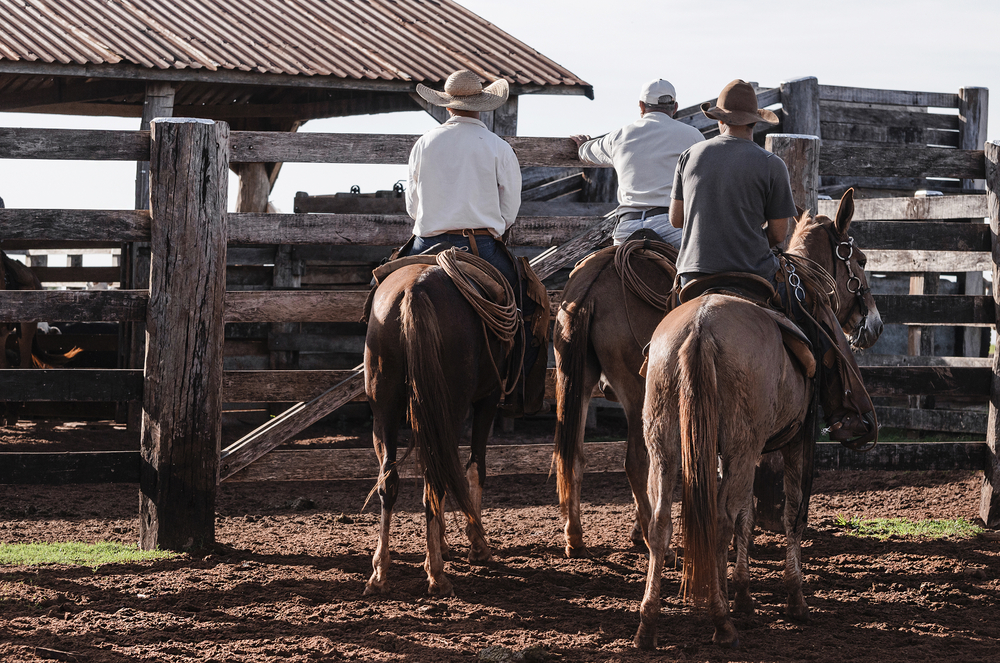What Was Cattle Trail Life Really Like?
What Was Cattle Trail Life Really Like?
Unless you have been raised by a rancher yourself, most people’s education about what life on the Western cowboy cattle trails come from famous Western movies and television shows. Perhaps those come with high entertainment value, but the truth is that the day-to-day cowboy lifestyle was much less theatrical and romantic as the media made them out to be.
In order for a cowboy to survive on the trail, he certainly was required to have a sense of humor, an adventurous spirit, and a whole lot of strength and courage. However, the dangers of life on the trail were high, and the work required to drive cattle was much less glamorous than the silver screen might have you think.
A drive of three or four thousand cattle might require somewhere between fifteen and twenty cattle driver, not to mention a cook and a horse tender.
The careful control and care of the “remuda,” or the herd of tamed, physically fit horses that the cowboys rode, was imperative to the success of the trail. The terrain of the Western cattle drives were rough and inconsistent and the cattle drivers would be riding between ten and twenty miles each day depending on the size of the herd and the consistency of the terrain.
Additionally, the trail boss or trail master would delegate roles for all the cattle drivers as well as select a dominant steer for the herd.
Adjusting the herd to trail life involved leaving the cattle to graze for a time before leading the head steer slowly down the trail before coming to rest at a watering hole.
After some days, the herd would become used to the routine of following the head steer, who was handled by certain “point” cowboys. While the trail boss and cook would ride a couple miles ahead of the herd, the other cattle drivers would be scattered: so-called swing riders were about a third of the way back on either side, flank riders two-thirds of the way back, and the unlucky trail riders were at the very end.
This decidedly unglamorous position involved riding in a cloud of dust, stench, and sweat, as well as prodding the weakest and most stubborn steers along.
At the end of the day’s journey, the herd would be bedded down and watch shifts would be assigned to protect the camp. It was imperative that the night was quiet: any sudden noise or movement that might spook just one cattle could result in a deadly stampede.
It can be sufficient to say there was little time for relaxing during the day – cattle drivers got weary from physically demanding riding, not to mention the hot sun, and the trail boss had to be constantly on alert for Native Americans, bad weather, or other potentially dangerous distractions. At night, the cowboys on watch could at least pass the time playing cards.
Other than that, there was little spare time for other activities, including keeping diaries. The few that diaries that have been found are extremely valuable resources for historians to learn about cattle drive lifestyle.
Some of the most common threats included stampedes, snakes, dangerous weather, and uneven terrain, all of which could result in injury, either from falling, trampling, drowning, or attack.
Aside from the position and role of each cattle driver, the trail boss would employ specific and strict rules of conduct. For instance, many of the ranchers would forbid gambling or drinking during a drive, while others would forbid or limit the carrying of firearms. Crimes such as murder and theft were also strictly prohibited and punished harshly if anyone was caught.
However, once the drive ended and the cattle drivers received their wages, aptly named “cow towns” provided all the accommodations they could need, including more comfortable lodging, restaurants, and, of course, saloons.
However, even while off the trail, misconduct including drunkenness that lead to any violence would result in punishment, a concept that harkens back to the prohibition of firearms on the trail.
While the cattle drivers off duty could get a little rowdy, misbehavior that goes against moral code would not be tolerated, even in the so-called “cow towns” that attracted not just cattle drivers but also con men, gamblers, prostitutes, and other questionable characters.
Regardless of whether the famous American Western films, comics, television shows, and other media portrayed a glamorized version of the truth, there’s no denying that a cowboy’s job was not suited for anyone not prepared for hard work, danger, and even the administrative or economical side of the experience, since the cowboys worked under the jurisdiction of the trail boss or even the rancher himself. In any case, life on the cattle drive might not be that different from the preconceived notions you might already have, except with a bit more dirt.



